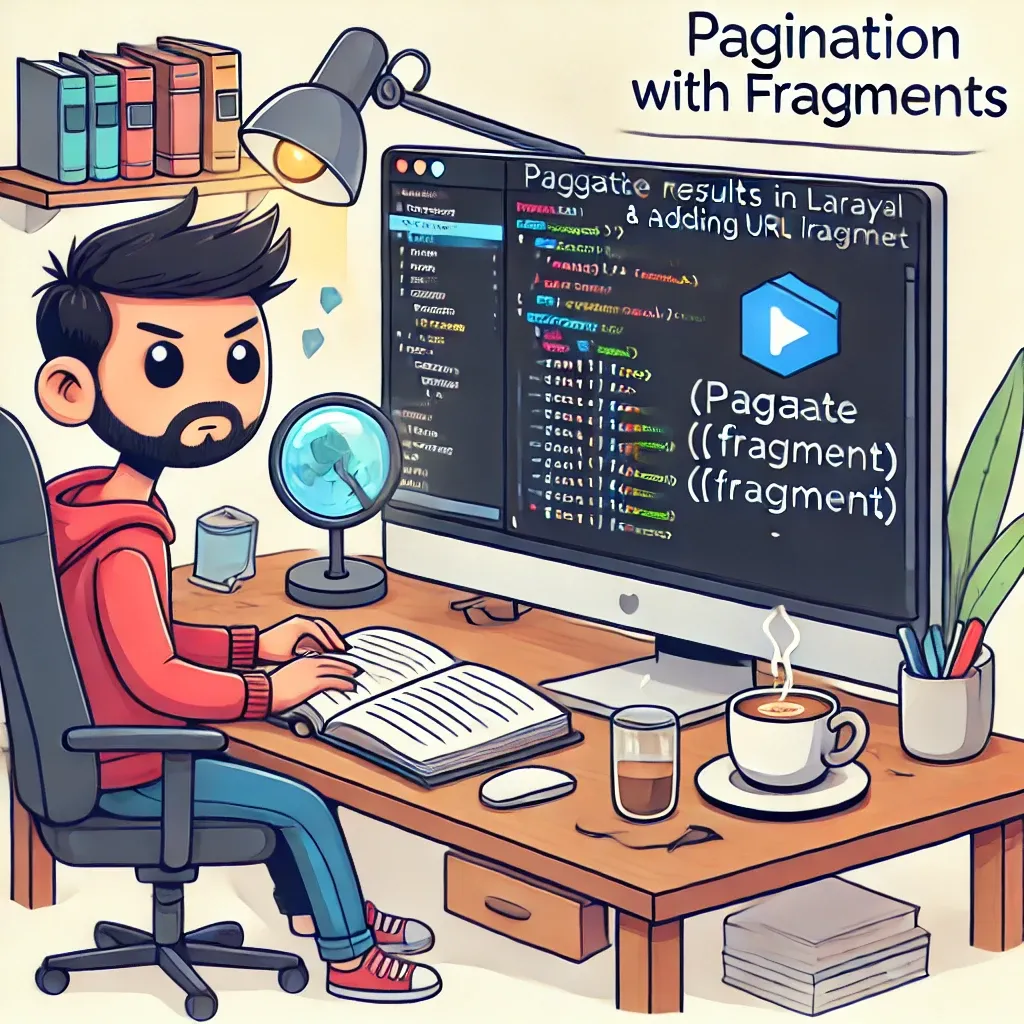Enhancing Pagination Links with URL Fragments in Laravel

When working with paginated data in Laravel, you might want to direct users to a specific section of your page when they navigate through pagination links. Laravel's paginator offers a simple yet powerful method to achieve this: the fragment() method.
Understanding URL Fragments
URL fragments, also known as hash fragments, are parts of a URL that come after a '#' symbol. They're typically used to navigate to specific sections within a webpage. In the context of pagination, they can be incredibly useful for maintaining context as users move between pages.
Using the fragment() Method
Laravel makes it easy to append these fragments to your pagination links. Here's how you can use the fragment() method:
$users = User::paginate(15)->fragment('users');
In this example, all pagination links generated for the $users collection will have '#users' appended to them.
Practical Applications
• Maintaining scroll position:
When users navigate through a long list, you can use fragments to ensure the page scrolls to the right position after loading.
$products = Product::paginate(20)->fragment('product-list');
• Tab navigation:
If your page has multiple tabs with paginated content, fragments can help maintain the active tab across page loads.
$activeTab = request('tab', 'recent');
$posts = Post::paginate(10)->fragment("tab-{$activeTab}");
• Deep linking:
Fragments allow you to create deep links to specific pages and sections of your paginated content.
$comments = Comment::paginate(50)->fragment('latest-comments');
In Your Views
When you pass the paginated data to your view, Laravel's pagination links will automatically include the fragment:
<div id="users">
@foreach ($users as $user)
<!-- User details -->
@endforeach
{{ $users->links() }}
</div>
The resulting links will look something like:/users?page=2#users
By leveraging the fragment() method in Laravel's paginator, you can create more user-friendly and context-aware pagination in your applications. This small touch can significantly improve navigation, especially in content-heavy pages or single-page applications.
If this guide was helpful to you, subscribe to my daily newsletter and give me a follow on X/Twitter. It helps a lot!